Plant Care for Beginners
Now more than ever there is a need to plant trees. We need to curb pollution and help our environment. We can start small by planting small plants at our homes and offices. They will give you fresh air. There a time when my family used to grow some easy to maintain plants like money plant and a variety of Lily. Those were lovely memories for me. Recently, I tried to give it a go the second time because I want to teach my son about it. There are many benefits to growing houseplants. Some plants purify air like philodendron, snake plant, bamboo palm, peace lily etc. others can be beneficial such as herbs like basil, mint, parsley, cilantro etc some can be used just for decoration, most teach younger generation about responsibility and it lets us have a part in protecting our environment in any small way. Hoping this time, it will become a hobby. And encourage my neighborhood in little ways. But, I being a first-time plant owner, killed my plants. I felt bad and started again, hoping this time my plants will have a life. I have started with a basic climber plant called “Velp grape / Adamant creeper / Devil’s backbone /”.
So here are some tips for growing a healthy plant, some are basic points. Please do your homework before you decide to plant anything.
1.Know what to plant
For a beginner, plants that are low-maintenance are the best kind. These are the kind of plants that won’t give up on you that easily. The following plants require low-maintenance [Source: 1,2]
- Spider plants
- African Violets
- Aloe Vera
- English Ivy
- Dragon Tree
- Bromeliad
- Rubber Plant
- Philodendron
2. Know what kind of pot your plants require
Some plants need the pores at the bottom, others need a small simple pot. There should always be a mechanism for drainage. Small plants should be in small containers, conversely, large plants need large containers. Size matters, the plant might need only required amount of moisture and if the plant is small and the pot is big, it will remain moist for long period. If the plant is too large and there is no place for the roots to go, it might topple and growth might be shunted. So be careful when choosing pots
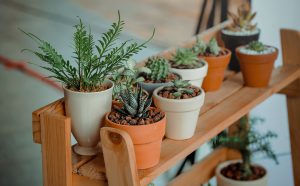
3. Do get the right type of soil
Most plants can grow when there is an equal mixture of sand, clay, and silt. This kind of soil is called “loam”. It is fertile soil. Make sure to combine this with humus (the soil containing compost, dead leaves, and other organic matter). The right type of soil facilitates good plant growth.
4. Do give the plant adequate sunlight
Adequate sunlight is required for the plant to grow. Make sure to keep the blinds open if your plant is of an indoor variety.
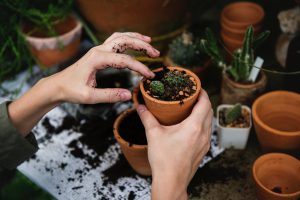
5. Do give it the right amount of water
Water should be adequate and just about the right amount. More watering can kill a plant so does water scarcity. In some cases, if the pot is left with 3- 4 inches space, then it must be watered. Early morning and just before the sunset is perfect for water plants. Do know how much water your plants need, as some don’t need water for weeks straight and some need water on a regular basis. Also, if your plants have brown leaves or are not growing properly even after you have provided them with perfect conditions, it might be because of overwatering.
6. Do provide some natural fertilizers for a healthy plant growth
Try to provide natural manure to your plants, as they help with plant growth and won’t have any negative environmental impact
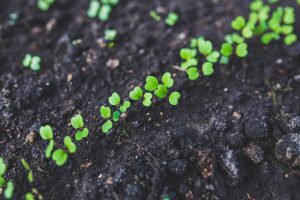
7. Protect your plants from insects
Regularly use natural insect repellents like garlic, been, strong-smelling herbs or sprays to ward of those pesky insects. You can also trap these insects or let bugs like a ladybird, mantis etc., to take care of them. These bugs will not harm your plants.
8. Keep your plants away from the trash
Do not keep your plants near trash or areas which are dirty. Plants need a clean environment. Remember, they need a clean environment to thrive.
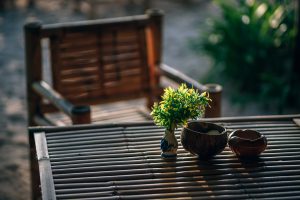
9. Know which plants you can mix and which ones you shouldn’t
There are some plants which can be mixed together, others which should be kept apart as some plants will absorb more water and need more conditions to thrive.
10. Protect plants from frost
Cover the plants at night or water them before the frost is expected. Keep the plants in warm places or places where the temperature will not change drastically. Use cardboard if you don’t want to cover the plants with clothes.
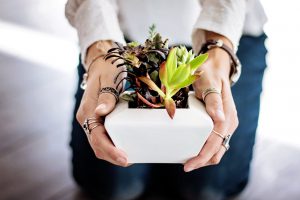
Sources:

